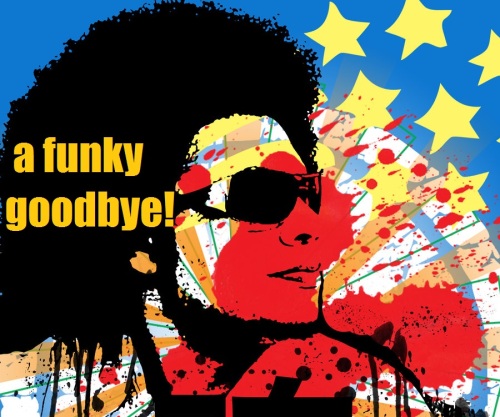
Andresmusictalk began in January 2014 as a joint venture between myself and Henrique Hopkins. He came up with the notion of re-purposing my Amazon reviews about funk/soul/jazz albums I’d listened to. As well as a weekly song feature. Eventually, this moved into blogging everyday-as musicians from Michael Henderson to Gary Bartz were kind enough to support my work. That work was supplemented by professional writer Ron Wynn and blogger Zach Hoskins-both of whom contributed wonderful things to this blog. As of today however, I am officially stopping future posts on Andresmusictalk.
This decision is something I’ve been mulling over for well over a year. The first (and most vital) reason for suspending work on this blog has to do with too many Facebook jail sentences. A combination of apparent reports from group administrators and site algorithms itself made it impossible for me to share content from this blog on multiple occasions. As my online ventures expanded beyond Andresmusictalk, I decided to limit and curtail the amount of content on the blog itself for 2018. Even still, the Facebook jail sentences from groups continued to occur.
The other reason for suspending my work on this blog relates to difficulties with maintaining partnerships here. One of my partners on this blog disappeared from the internet abruptly. In that case, a combination of seeking a monetized blog for financial gain and family obligations seemed to be a causal factor. Because of the nature of Andresmusictalk, I found myself less and less able to keep up with the demands of writing about songs and albums completely on my own. This led to less and less diverse content here on Andresmusictalk in the past five months.
Have loved music all my life. And this blog reflected those interests in very concrete ways. Am still interesedt in finding a place online that will support a similar venture (perhaps even a revival of Andresmusictalk) in the future. But due to my own and more worldly problems with social media culture today? Have to admit, with a heavy heart, that I no longer possess the resources to sustain Andresmusictalk. . For those such as Henrique Hopkins and Ron Wynn who did the most to help me here? I would like to thank you both (and the artists themselves who supported this blog) for your service.









